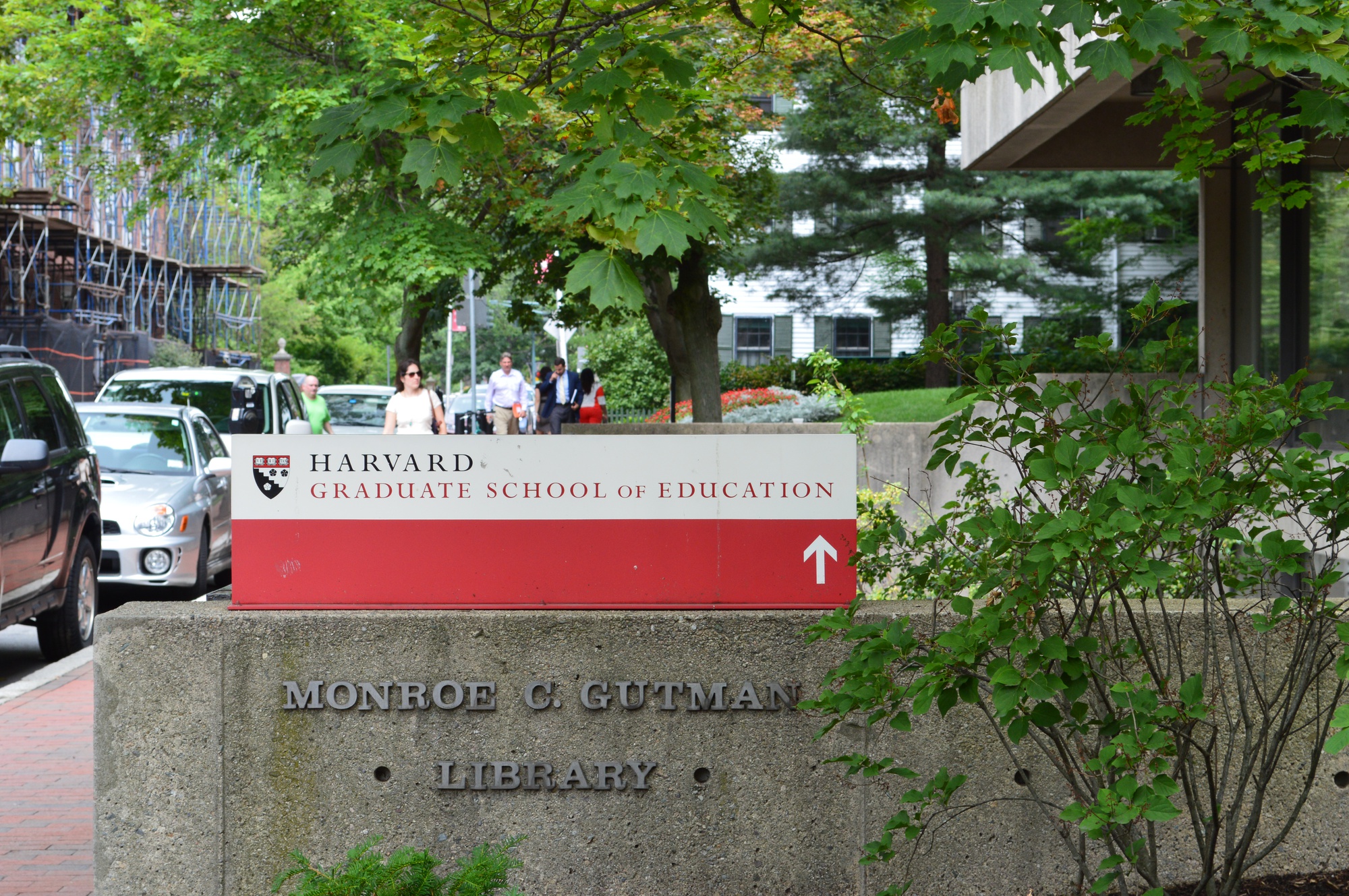Report on the State of the Teaching Profession in the United States and Implications for Sustainable Development Goals
Introduction: Teacher Quality as a Cornerstone for SDG 4
The quality of educators is a critical determinant in achieving Sustainable Development Goal 4 (SDG 4), which aims to ensure inclusive and equitable quality education for all. The efficacy of educational systems is fundamentally dependent on the recruitment, training, and retention of a highly qualified teaching workforce. A recent report from the Annenberg Institute provides a comprehensive analysis of the early teacher pipeline in the United States, offering critical insights into the challenges facing the profession. This analysis is essential for understanding the barriers to achieving SDG 4 and for formulating strategies to strengthen the educational sector.
Analysis of the US Teacher Pipeline: Key Findings
Researchers Brendan Bartanen, Andrew Avitabile, and Andrew Kwok analyzed 64 million college applications from 11.5 million students between 2014 and 2025. Their findings present a detailed picture of the declining interest in the teaching profession, which has significant implications for educational quality and equity, directly impacting SDG 4 and SDG 10 (Reduced Inequalities).
- Applicant Demographics and Academic Achievement: Interest in teaching is substantially lower among higher-achieving applicants, as measured by standardized test scores and high school GPA. This trend poses a direct threat to SDG 4’s target of ensuring a supply of qualified teachers. The data also shows greater teaching interest among women and white applicants, highlighting a need to address diversity within the profession to better reflect student populations and advance SDG 5 (Gender Equality) and SDG 10.
- Declining Interest and Alternative Career Paths: Over the past decade, interest in teaching has declined by 20%. Students with similar profiles are increasingly attracted to alternative service-oriented careers such as therapy, psychology, nursing, and social work. This decline jeopardizes the sustainability of the teaching workforce, a key component of the infrastructure needed for SDG 4.
- University Application Patterns: Prospective teachers predominantly apply to mid-sized, public, master’s-level universities that are less selective and located close to their homes. This indicates a need for targeted investment and innovation within these specific institutions to elevate the quality of teacher preparation.
Challenges to Achieving Decent Work (SDG 8) and Quality Education (SDG 4)
The prestige of the teaching profession in the United States is at or near a 50-year low. This decline undermines the principles of SDG 8 (Decent Work and Economic Growth) for educators and consequently affects the quality of education delivered under SDG 4. Several factors contribute to this trend:
- Stagnant wages and the increasing cost of teacher preparation programs.
- A perceived loss of professional autonomy and authority in the classroom.
- Sustained public criticism of teachers and their professional organizations.
Strategic Opportunities for Advancing Sustainable Development Goals in Education
The challenges facing the teaching profession present opportunities for innovation that can align with and advance the Sustainable Development Goals. Strategic interventions in school governance and teacher training can create a more robust and attractive profession.
- Reforming School Models to Promote Decent Work (SDG 8): Schools of choice, including charter and private schools, have the operational freedom to innovate the teaching role. By offering higher wages, improved working conditions, and greater professional autonomy, these schools can make teaching a more attractive career. This approach directly supports SDG 8 by creating decent work and helps achieve SDG 4 by attracting and retaining high-quality educators.
- Innovating Teacher Preparation Programs for Inclusive and Quality Education (SDG 4): There is a significant gap in the market for teacher preparation programs tailored to diverse and emerging educational models, such as microschools, hybrid schools, and project-based learning environments. Universities, particularly the mid-sized public institutions that attract most prospective teachers, can distinguish themselves by developing specialized courses and majors. Such programs would better equip educators for modern classrooms, thereby strengthening the teacher pipeline and directly contributing to the targets of SDG 4.
Conclusion: A Call for Innovation to Secure SDG 4
The declining interest in and prestige of the teaching profession in the U.S. represents a critical threat to the achievement of Sustainable Development Goal 4. The data indicates a clear need for disruptive innovation in how educators are trained, compensated, and professionally supported. By creating conditions for decent work (SDG 8) and professionalizing the teaching role, stakeholders can attract a more diverse and high-achieving cohort of educators. Reforming school models and retooling teacher preparation programs are essential steps to reverse current trends and build a resilient, high-quality education system capable of reducing inequalities (SDG 10) and providing every learner with the education they deserve.
1. Which SDGs are addressed or connected to the issues highlighted in the article?
-
SDG 4: Quality Education
The article’s primary focus is on the critical role of “teacher quality” in achieving great schools. It discusses the declining interest in the teaching profession, the academic profile of prospective teachers, and the effectiveness of teacher preparation programs, all of which are central to ensuring inclusive and equitable quality education.
-
SDG 8: Decent Work and Economic Growth
The article addresses the working conditions of teachers, citing “stagnant wages,” a “perceived loss of authority and autonomy,” and declining professional prestige as key problems. The suggestion for schools to offer “higher wages and/or better working conditions” directly connects the issue to the goal of providing decent work.
-
SDG 5: Gender Equality
The analysis of college applications reveals “substantially greater teaching interest among women.” As the teaching profession is female-dominated, the issues of low wages, declining prestige, and poor working conditions are directly relevant to the economic empowerment and professional valuation of women.
-
SDG 10: Reduced Inequalities
The article emphasizes that high-quality teachers are essential for high-quality schools. A decline in the teacher workforce’s quality and supply can disproportionately affect students from disadvantaged backgrounds, thereby widening educational and social inequalities. The article also notes a racial disparity in the teacher pipeline, finding “greater teaching interest among… white applicants,” which points to issues of inclusion within the profession itself.
2. What specific targets under those SDGs can be identified based on the article’s content?
-
SDG 4: Quality Education
- Target 4.c: By 2030, substantially increase the supply of qualified teachers, including through international cooperation for teacher training in developing countries, especially least developed countries and small island developing States.
- Explanation: The article directly addresses this target by highlighting a crisis in the “early teacher pipeline in the United States.” It cites a “20% decline for teaching” interest among prospective college students and discusses the need for “teacher preparation programs to retool” to attract and effectively train new educators. The entire piece is a call to action to increase the supply of great, qualified teachers.
-
SDG 8: Decent Work and Economic Growth
- Target 8.5: By 2030, achieve full and productive employment and decent work for all women and men, including for young people and persons with disabilities, and equal pay for work of equal value.
- Explanation: The article identifies several factors that undermine the principle of “decent work” for teachers. It points to “stagnant wages,” a “loss of prestige,” and a “perceived loss of authority and autonomy” as plausible reasons for the profession’s decline. The suggestion that schools should use their freedom “to make it a better gig” by improving wages and working conditions aligns perfectly with this target.
-
SDG 10: Reduced Inequalities
- Target 10.2: By 2030, empower and promote the social, economic and political inclusion of all, irrespective of age, sex, disability, race, ethnicity, origin, religion or economic or other status.
- Explanation: The article’s finding that there is “lower interest among higher-achieving applicants” and “greater teaching interest among… white applicants” points to a lack of academic and racial diversity in the teacher pipeline. This directly relates to the goal of promoting inclusion within a key profession that is fundamental to societal equity.
3. Are there any indicators mentioned or implied in the article that can be used to measure progress towards the identified targets?
-
Indicators for Target 4.c (Increase the supply of qualified teachers)
- Number and Academic Profile of Applicants to Teaching Programs: The article explicitly uses data from “64 million college applications” to measure interest in teaching. It notes “lower interest among higher-achieving applicants as measured by SAT/ACT scores and high school GPA,” which serves as a direct indicator of the quality and quantity of the teacher supply pipeline.
- Teacher Preparedness Surveys: The article presents a chart showing how well-prepared teachers felt for teaching in different environments (public, private, charter, etc.). This survey data acts as an indicator of the effectiveness of teacher preparation programs (related to SDG Indicator 4.c.1 on teacher training).
-
Indicators for Target 8.5 (Decent work for all)
- Teacher Wages: The article explicitly mentions “stagnant wages” as a key factor in the profession’s decline, implying that tracking teacher salaries is a crucial indicator of whether teaching constitutes “decent work.”
- Professional Prestige and Job Satisfaction Metrics: The article refers to tracking the “Net Promoter Score of teachers” and cites a study showing the profession’s prestige is at a “50-year” low. These metrics are direct indicators of job satisfaction and the perceived value of the profession.
-
Indicators for Target 10.2 (Promote inclusion)
- Demographic Composition of Teacher Applicants: The finding that there is “substantially greater teaching interest among women and white applicants” serves as an indicator of the gender and racial makeup of the future teacher workforce. Tracking this data can measure progress towards a more diverse and inclusive profession.
4. Create a table with three columns titled ‘SDGs, Targets and Indicators” to present the findings from analyzing the article.
| SDGs | Targets | Indicators |
|---|---|---|
| SDG 4: Quality Education | 4.c: Substantially increase the supply of qualified teachers. |
|
| SDG 8: Decent Work and Economic Growth | 8.5: Achieve decent work for all women and men. |
|
| SDG 10: Reduced Inequalities | 10.2: Promote the social and economic inclusion of all. |
|
Source: edchoice.org






